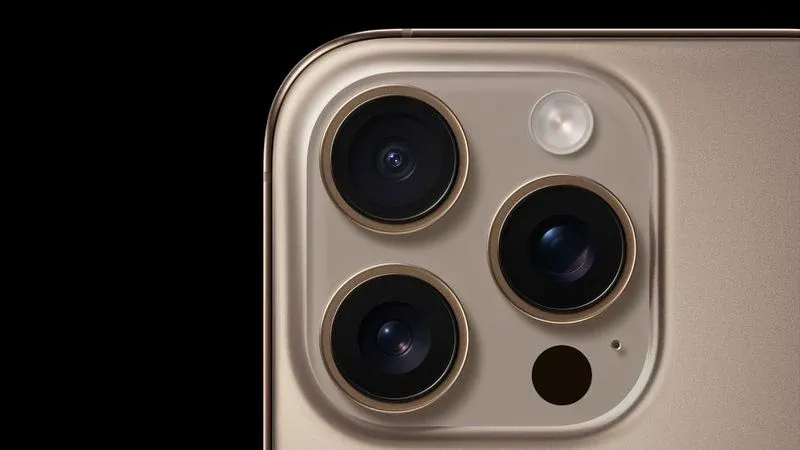Apple Image Sensor Technology Aims to Match Human Eye Dynamic Range
Capturing photos that look as vivid as what we see with our eyes has long been the holy grail of smartphone camera innovation. Apple’s latest patent for an advanced image sensor reveals that the company may be on the brink of achieving this. The sensor, designed to reach a dynamic range close to that of the human eye (up to 20 stops), could dramatically improve photo and video quality on future iPhones. Compared to the 10–13 stops typically offered by today’s smartphones, this innovation would be nothing short of groundbreaking. So, how exactly does this sensor work—and what does it mean for Apple’s camera technology moving forward?
Image : GoogleRevolutionizing Smartphone Photography with Advanced Image Sensor Design
Apple’s patent, titled Image Sensor With Stacked Pixels Having High Dynamic Range And Low Noise, describes a sophisticated sensor architecture that could redefine mobile photography. The new image sensor uses a stacked pixel design with two distinct layers: the sensor die and the logic die. The sensor die handles light capture, while the logic die manages real-time processing, such as exposure adjustment and noise reduction. This stacked design isn’t entirely new—Sony also uses a similar structure—but Apple’s version introduces multiple innovations that elevate its capabilities beyond existing systems.
One standout feature is the use of Lateral Overflow Integration Capacitors (LOFICs). This mechanism allows individual pixels to dynamically adapt to lighting conditions by storing varying amounts of light. As a result, a single image can retain detail across both very bright and very dark areas, eliminating the need for multiple exposures or heavy post-processing. Whether you're shooting against strong backlight or trying to preserve subtle shadow details, Apple’s sensor aims to do it all in one take.
Real-Time Noise Reduction and Compact Architecture Set Apple Apart
Besides improving dynamic range, Apple’s sensor also prioritizes low-noise image quality. Traditionally, digital noise—especially in low-light environments—has been a challenge for smartphone photography. Apple’s new sensor tackles this with a unique built-in memory circuit within each pixel. These circuits detect and cancel heat-induced electronic noise in real time, before the image is processed or compressed. This ensures cleaner images even in dim lighting, a scenario where many smartphone cameras still struggle.
Moreover, Apple’s design is compact. Despite packing advanced hardware features like dual-layer architecture, LOFICs, and on-chip noise suppression, the sensor is reportedly smaller than existing components. This compactness is crucial for Apple’s continued emphasis on sleek device designs without compromising camera performance. It also opens the door for multi-sensor configurations that could elevate wide-angle, telephoto, and low-light photography all at once.
Future of iPhone Cameras: What This Patent Means for Consumers
Though a patent doesn’t guarantee a product launch, it often hints at future priorities. Apple’s focus on image sensor innovation signals a shift toward competing more directly with professional-grade cameras. A smartphone sensor capable of capturing 20 stops of dynamic range could match, or even outperform, cinema cameras like the ARRI ALEXA 35. For consumers, that means future iPhones could shoot incredibly lifelike videos, capture portraits in impossible lighting conditions, and deliver crystal-clear low-light photography—all with minimal editing.
There’s also a potential for this tech to power Apple's augmented reality (AR) and mixed reality ambitions. High dynamic range imaging is critical for realistic AR visuals, and enhanced sensors could improve object tracking, depth detection, and spatial awareness. Whether you're a casual user or a mobile content creator, this leap in sensor technology could redefine your smartphone experience. And with Apple’s track record of turning patents into polished consumer features, the next iPhone upgrade might just bring us closer to seeing the world through a lens that rivals our own eyes.


Post a Comment